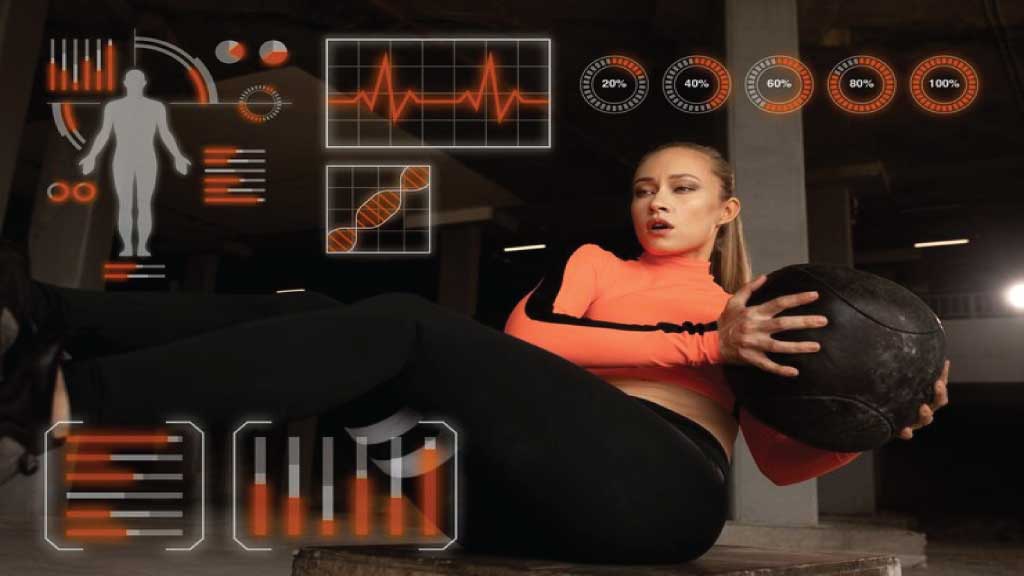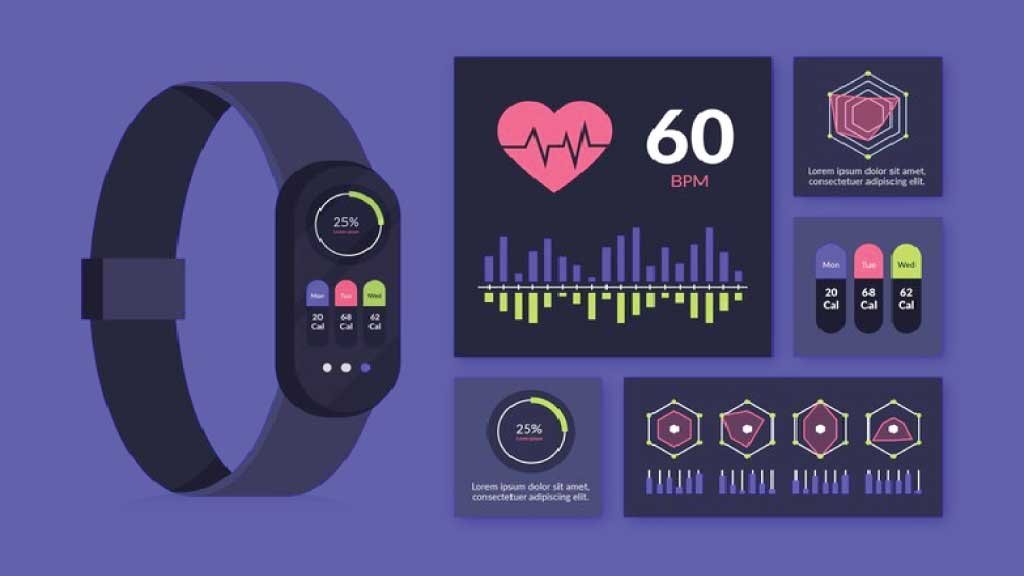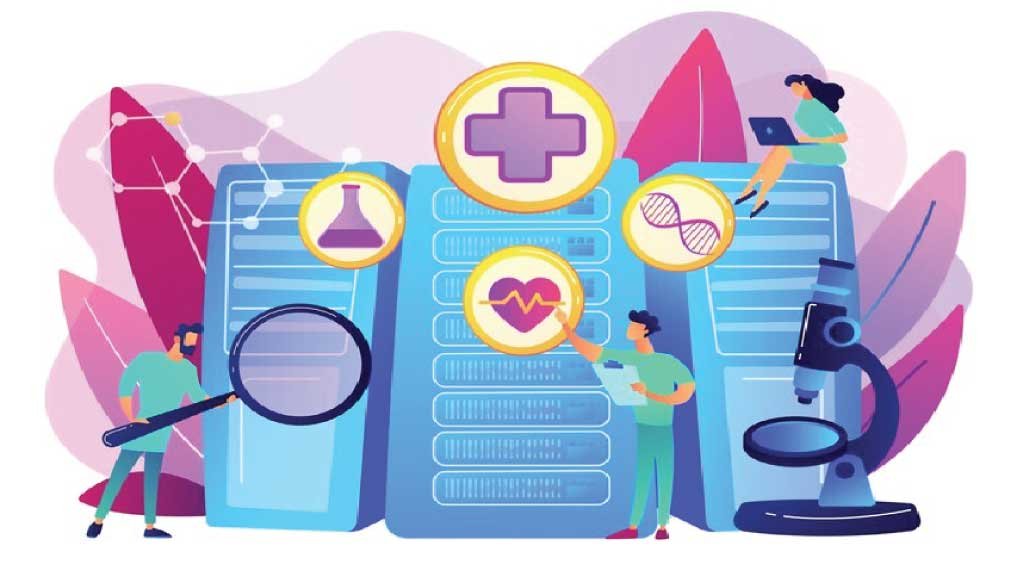FAQs on Technological Advancements and Wellness:
How do technological advancements improve access to health information?
Technological advancements, such as the internet, provide easy access to a vast repository of health related information through articles, videos, and online communities. This empowers individuals to make informed decisions about their health and lifestyle choices.
What role does telemedicine play in improving healthcare accessibility?
Telemedicine allows patients to consult with healthcare providers remotely, particularly beneficial for those in remote areas or with mobility issues. It enables timely access to medical advice, diagnosis, and treatment, thereby improving healthcare outcomes.
How do wearable fitness devices contribute to promoting a healthy lifestyle?
Wearable fitness devices, like smartwatches and fitness trackers, monitor physical activity, sleep patterns, heart rate, and more in real-time. They provide valuable insights into health status, helping users set and achieve wellness goals for a more active lifestyle.
What are the benefits of health apps and digital platforms?
Health apps offer features such as guided workouts, meditation sessions, meal planning, and symptom tracking, making it easier for individuals to adopt healthier habits and manage chronic conditions. These apps empower users to track progress and stay motivated on their wellness journey.
How does virtual reality technology contribute to mental health treatment?
Virtual reality technology is increasingly used in mental health treatment for immersive therapy sessions, relaxation exercises, and exposure therapy. It provides a safe environment for individuals to confront and overcome their fears, effectively treating conditions like anxiety, PTSD, and phobias.
Images ‘Designed by Freepik‘




